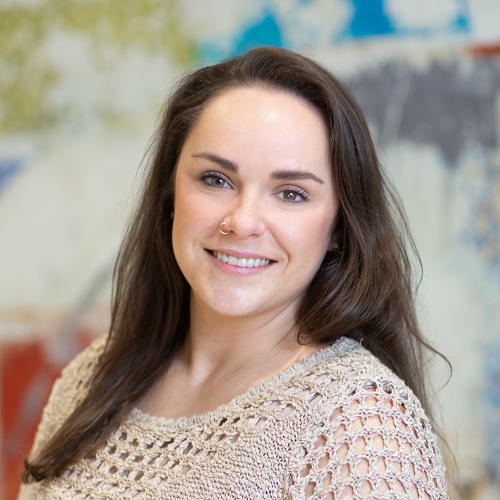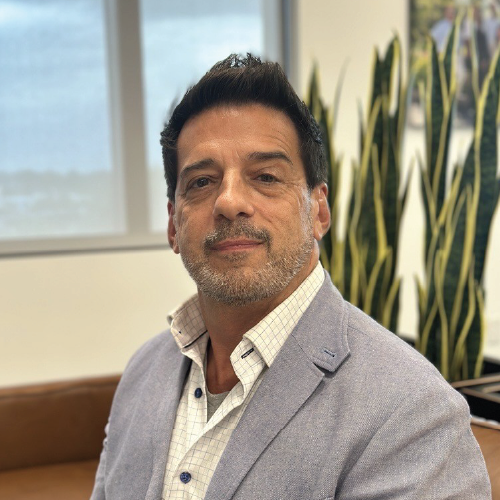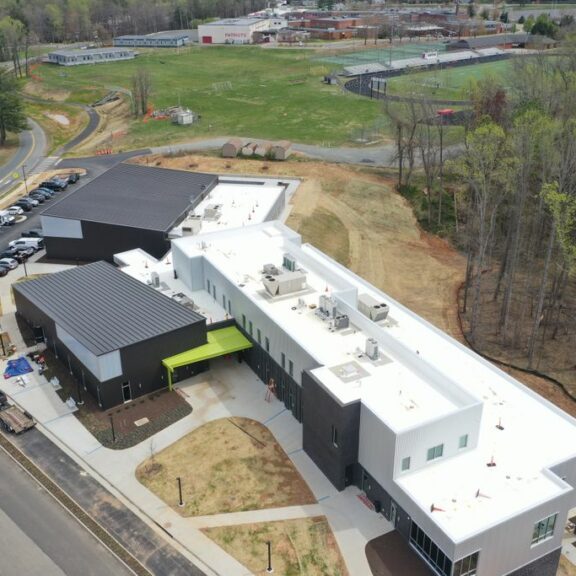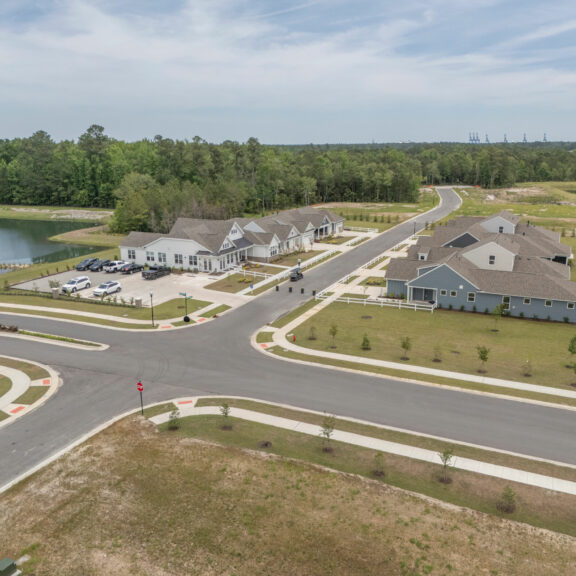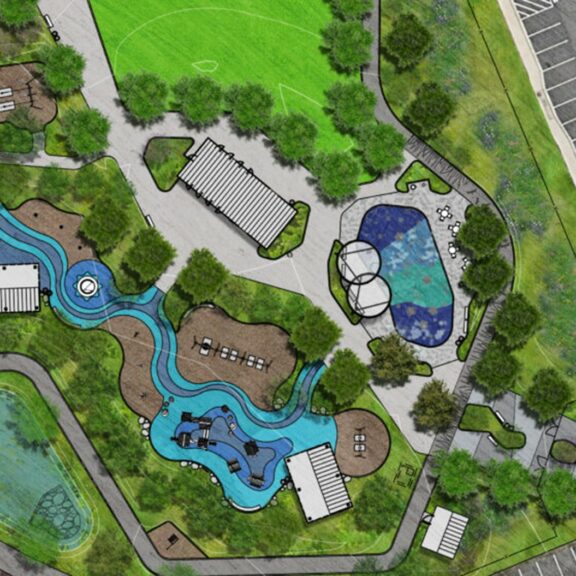In the spirit of celebrating our employees and their diverse backgrounds and cultures, I reached out to Liannys Martinez to see if she’d be interested in an employee highlight during Hispanic Heritage Month. She responded with nothing but excitement and passion in her voice.
On Monday, September 20, we sat down for a candid conversation about her childhood in Cuba, her immigration to Miami, her recent graduation from ODU, her career as a civil engineer, and her life in between milestones.
Liannys works as a Project Engineer I in our Hampton Roads Southside office where she, though only having been with the firm since May, has had the chance to touch a variety of designs for subdivisions, schools, residential, and commercial projects. “It’s so nice getting a chance to learn everything,” Liannys told me. “I have people from all angles teaching me. Project managers, other coworkers… It’s a great learning atmosphere.”

Liannys graduated in May of 2020 and spent her initial time out of college at a smaller firm. She said her transition was quick because as soon as she learned about an opening at Timmons Group, she applied. “I heard about Timmons from a friend I went to college with at ODU (Old Dominion University) that works in our Charlottesville office. I knew I could trust her judgment and she spoke highly of the company,” Liannys said. “Everything she said was true.”
Liannys began her college career at Florida International University in Miami and transferred to ODU for a smaller school experience. She enjoyed the classroom sizes and campus life and told me that it was the best college experience she could have ever asked for. She graduated with a Bachelor’s in civil engineering.
After she graduated, Liannys and her fiancé, who is studying for his PhD at Jefferson Labs, stayed in Norfolk to pursue their careers simultaneously. “One of our favorite conversations to have is that our work is making a difference, but the things we design are so different. He is working with neutrons and protons, things that aren’t visible to the eye. But I’m designing large scale civil projects that one day I’ll be able to see in person. It’s just a cool difference in our work.”

Liannys and I chatted about how the resources she has access to at Timmons Group are abundant and how she is excited to continue to grow into her role at the firm and in her career. We talked about her day-to-day work and what kinds of projects she enjoys most (“anything new” was her answer). She told me about her work in AutoCAD and schooled me on a program hack… Apparently, you can upload your own shortcut commands? Did you all know this?!
After we talked shop about her role at Timmons Group, I positioned our conversation (I’ll admit that it was kind of a clunky interview transition) to ask Liannys about her Hispanic heritage.
“What compelled you to want to have a conversation about Hispanic Heritage Month? Either in regard to your personal life and culture or to your time at Timmons Group, what do you want to share with me?” I asked her. It was a broad question, but I didn’t want to determine a path for our conversation, so that’s what I led with.
Liannys was compelled, I could see it in her face on my computer screen (Zoom, you know).

“I was born in Cuba,” Liannys started. “All my family is all from Cuba. Some of them still live there and some of them are United States immigrants. My family has a lot of history, and I really just saw this as an opportunity to share my culture and tell you my family’s story,” she said.
“I moved to Miami when I was 12 or 13, I followed my mom who moved to live with my grandmother. My mom left Cuba when I was seven, and things were really hard without her, so I came to the States at the first opportunity I had,” Liannys said. She told me about growing up in Cuba, how her city was poor and how the infrastructure wasn’t designed for the times. Things seemed to be stuck in decades past. “I needed to leave Cuba, and I wanted to be closer, I had to be closer to my mom,” Liannys said.
Alongside the need to be closer to her mom, Liannys explained another reason for her desire to move to America—opportunity. “In the United States, you just have more possibilities of making a career and being someone in life. In Cuba, it’s very difficult to have that opportunity.”
Some of Liannys’s second or third cousins are civil engineers and they still live in Cuba. When I asked, “Did that have some impact on your career choice?” Liannys responded, “About 30%.”
We chuckled, because I told her that’s probably the most ‘engineer’ thing I’ve heard an engineer say in an interview, assigning percentages to facets of life that guided her toward her career. She said the remaining percentage was wanting to make a difference for her community. “I wanted to make a difference, Liannys said, “But it seemed like it could be very hard to make a difference in Cuba. So, I came to the States to be an engineer here, and to make a difference in my community here.”
Liannys knew it would be more attainable to make a difference with a civil engineering career in the States rather than in Cuba because, while Cuba has the passionate and educated people to make a difference, the country notoriously doesn’t have a civil infrastructure to build upon. I asked Liannys, “Do you think there’s a way to take your experiences from the States back to Cuba and make a difference in the future?” Liannys said, “If things change there, yes. But right now, it doesn’t seem as possible. When it is possible, I will be there to help.”

I asked Liannys about her transition from Cuba to the States as a teenager. She said there were several layers of acclimation, but that language was the biggest barrier for her. “I didn’t speak English when I came to America. I learned English as a second language in middle school, it was like being born again,” she said. The thought of reliving my middle school years flashed across my brain.
I couldn’t imagine navigating buying new clothes, taking exams, having crushes, and memorizing my locker combination with the added stress of learning a new language. It sounds so impossible to some, but Liannys tackled the feat proudly. “English and Spanish share the same alphabet and a lot of our words are similar, so that was helpful, but there were definitely some words that were hard, and of course the accent is different too,” she said.
“Did those experiences affect your studies?” Liannys paused briefly, but continued, “So, it’s the funniest thing ever, but sometimes I don’t know how to say technical terms in Spanish.” She giggled. “There are engineering words that I can only say in English because that’s how I was taught, in an English-speaking classroom. One of my coworkers was excited to learn that I knew Spanish, but then I told them I might not be able to help translate technical words for clients as well as they expected. I can try, but I can’t really promise anything!”
Liannys told me she’d always wondered if that sort of thing happened to other people, especially other professionals whose careers employ a lot of technical lingo. She didn’t anticipate how that aspect of her Hispanic culture would translate to her new job as a civil engineer in America, but she thinks it’s not something she really could have prepared for anyway.

“My mom and grandmother are still in Miami,” Liannys said. She talks to them every day on her commute to or from work, a 35-minute drive between Hampton and Virginia Beach is the perfect amount of time to catch up with her family. “It’s a cultural thing, our family is very close, and we keep in touch.”
Liannys visits them as much as possible, especially for holidays. The only way for her to see them right now is to take a 15-hour drive, including stops. But she doesn’t mind the trek, she welcomes it. “But it’s worth it to see my family and connect with them in person,” she told me.
Liannys’s Hispanic heritage is like a cultural glue that holds her family together. Whether in Cuba or in America, in Miami or in Hampton Roads, Liannys and her family are intent on staying up to date with one another, sharing traditions, and visiting each other when possible. “It’s definitely a Cuban thing,” Liannys laughed. “My family means so much to me.”
